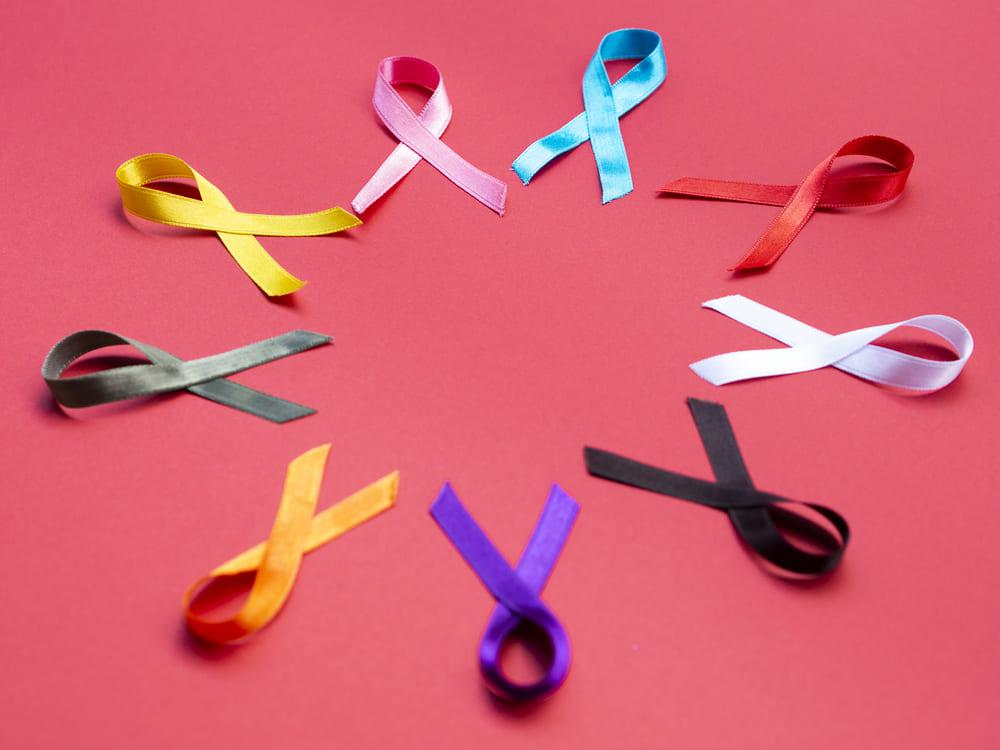The global fight against HIV/AIDS has seen remarkable progress over the past decades, yet the epidemic remains a significant public health challenge. With nearly 40 million people living with HIV worldwide and ongoing new infections, the question remains: are we truly close to ending the epidemic? This blog dives deep into the latest statistics, explores the successes and persistent challenges, and highlights what needs to be done to reach the ambitious goal of ending AIDS as a public health threat by 2030.

Current Global HIV Landscape
In 2023, approximately 39.9 million people worldwide were living with HIV 🌍, including 38.6 million adults and 1.4 million children under 15 years old. Despite substantial efforts, 1.3 million new infections occurred in 2023 alone, and sadly, 630,000 people died from AIDS-related illnesses during the same year.
The number of people accessing life-saving antiretroviral therapy (ART) has risen dramatically, reaching 30.7 million in 2023, which is about 77% of all people living with HIV. However, this still falls short of the global target of 34 million by 2025.
| 🌟 Key Global HIV Statistics (2023) 🌟 | Number (Millions) | Percentage (%) |
|---|---|---|
| People living with HIV | 39.9 | — |
| Adults (15+) living with HIV | 38.6 | — |
| Children (0–14) living with HIV | 1.4 | — |
| New HIV infections | 1.3 | — |
| AIDS-related deaths | 0.63 | — |
| People on ART | 30.7 | 77 |
Progress in Reducing New Infections and Deaths
Since the peak of the epidemic in 1995, new HIV infections have dropped by an impressive 60% 📉, from 3.3 million to 1.3 million annually. AIDS-related deaths have also decreased by nearly 50% since 2010, thanks largely to expanded ART access and prevention efforts.
However, the pace of decline is not uniform globally. Regions like East and Southern Africa have seen the most significant reductions, while Western and Central Europe and North America show slower progress.
| Region 🌍 | Decline in New HIV Infections Since 2010 (%) | Decline in AIDS Deaths Since 2010 (%) |
|---|---|---|
| East & Southern Africa 🇿🇦 | 86 | 78 |
| Western & Central Europe 🇪🇺 | 71 | 67 |
| North America 🇺🇸 | 71 | 67 |
Treatment Access: Bridging the Gaps
While 77% of people living with HIV globally are accessing treatment, disparities remain:
- Women and girls represent 53% of people living with HIV and have higher treatment access (83%) compared to men (72%).
- Only 57% of children living with HIV receive ART, highlighting a vulnerable group needing more attention.
- Pregnant women living with HIV have an encouraging 84% access rate to ART, crucial for preventing mother-to-child transmission.
| Group 👥 | ART Access Rate (%) |
|---|---|
| Adults (15+) | 77 |
| Women (15+) | 83 |
| Men (15+) | 72 |
| Children (0–14) | 57 |
| Pregnant Women | 84 |
Barriers to Ending the Epidemic 🚧
Despite progress, several challenges threaten to slow down or reverse gains:
- Stigma and discrimination continue to deter people from testing and seeking treatment.
- Gender inequality increases vulnerability, especially among women and girls. In some regions, women account for nearly 63% of new infections.
- Insufficient sex education and lack of awareness about safe practices remain major hurdles, particularly in low- and middle-income countries.
- Funding gaps have slowed research and development of new treatments and prevention tools.
The Road Ahead: 2025 Targets and Beyond 🎯
UNAIDS has set ambitious targets for 2025 to accelerate progress toward ending AIDS as a public health threat by 2030. Achieving these targets could reduce new HIV infections by 83% and AIDS-related deaths by 78% compared to 2010 levels.
However, success hinges on addressing societal enablers such as legal reforms, stigma elimination, and gender equality. The COVID-19 pandemic has posed additional challenges, potentially increasing new infections and deaths by 10% in the short term, but the targets remain achievable with sustained effort.
| Target Area | Expected Impact by 2025 |
|---|---|
| Reduction in new HIV infections | 83% decrease |
| Reduction in AIDS-related deaths | 78% decrease |
| ART coverage | 95% of people living with HIV |
Funding and Global Support 💰🌐
The U.S. government, through programs like PEPFAR, remains the largest donor to global HIV efforts, having invested approximately $120 billion since 2003. The Global Fund to Fight AIDS, Tuberculosis, and Malaria also plays a crucial role in financing prevention and treatment programs worldwide.
Sustained and increased funding is essential to maintain momentum, support innovation, and expand equitable access to services.
Conclusion: Are We Close to Ending the Epidemic? 🤔❤️
The data shows undeniable progress in the global HIV response, with fewer new infections and deaths than ever before. Yet, millions still live with HIV, and new infections persist, especially among vulnerable populations. Ending the epidemic by 2030 is within reach but requires intensified efforts to overcome social, economic, and structural barriers.
By enhancing treatment access, combating stigma, promoting gender equality, and ensuring adequate funding, the world can move closer to a future free from AIDS. Together, with commitment and compassion, we can turn the tide on HIV. 🌈🌍💪
Summary Table: Global HIV Progress at a Glance 📊
| Indicator | 2023 Data | Goal for 2025 |
|---|---|---|
| People living with HIV | 39.9 million | Decreasing |
| New HIV infections | 1.3 million | <370,000 |
| AIDS-related deaths | 630,000 | 250,000 |
| ART coverage | 77% | 95% |
| Women's ART access | 83% | Equal access for all genders |
| Children's ART access | 57% | Increase substantially |
Ending the HIV epidemic is a monumental challenge but also an achievable goal if we harness global solidarity, innovation, and unwavering determination. Let's keep pushing forward! 🚀🌟




